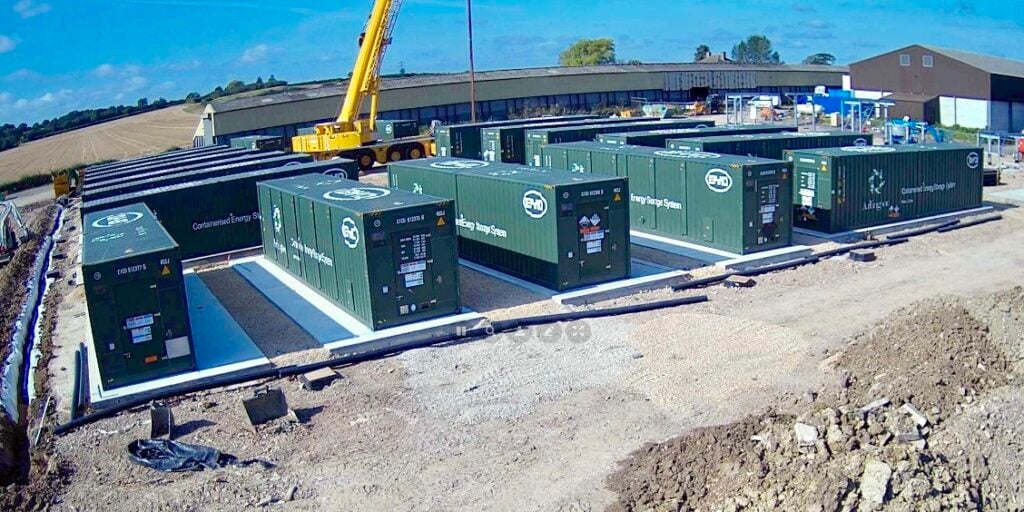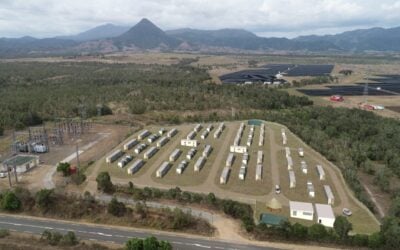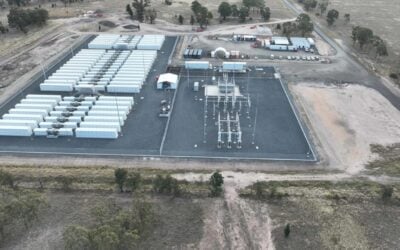
Energy storage can change electricity’s status as the ultimate ‘just-in-time’ product, where supply and use have to be matched in real-time, but this won’t be possible without increasingly sophisticated software solutions.
Four industry representatives with expertise in software spoke last week at an energy storage event hosted online by Guggenheim Securities, the investment banking and capital markets business of global investment and advisory services firm Guggenheim Partners.
The introduction of scalable energy storage solutions is a new fundamental technical capability in electricity, the first time — with the exception of limited quantities of pumped hydro energy storage —that the model has been changed in over 100 years, Larsh Johnson, CTO of distributed energy storage company Stem Inc said.
Software enables that new storage, mostly from lithium-ion batteries, to react quickly, flexibly and be adaptable to changing market conditions, Johnson said. At the same time, more and more variable wind and solar resources are coming onto grids all over the world, requiring integration and balancing.
Try Premium for just $1
- Full premium access for the first month at only $1
- Converts to an annual rate after 30 days unless cancelled
- Cancel anytime during the trial period
Premium Benefits
- Expert industry analysis and interviews
- Digital access to PV Tech Power journal
- Exclusive event discounts
Or get the full Premium subscription right away
Or continue reading this article for free
The energy industry has to deliver instantly and can’t always count on suppliers. Johnson compared the predicament to what online retail giant Amazon faced when rolling out its Amazon Prime Plus subscription model.
Amazon, he said, solved its problems with massive software investments. That software is underwritten by artificial intelligence (AI) that predicts customers’ future needs and behaviour while also projecting the retailer’s own supply and delivery constraints. Thus ensuring marketplace inventory and on-time deliveries.
“It’s the same with directing resources into real-time power markets,” the Stem CTO said.
Energy storage can provide workarounds to what Johnson called “some rigid power grid situations,” allowing energy to be flexibly transacted when it’s needed.
Not only that, but software is adaptable. With regulators and policymakers under continuous pressure to evolve their market design rules governing energy assets that may have useful lifetimes decades long, software can help shape those rules too.
Revolutionising energy industry in an age of growing volatility
Ben Irons, founder of Habitat Energy, a company specialising in software-backed optimisation of energy storage and renewable energy assets in markets including the UK, Australia and Texas, noted that “there’s no other traded commodity where you would see low prices every evening and high prices every night,” without seeing arbitrage and traders spotting the opportunity to trade.
Energy storage has revolutionised that, Irons said, adding that even five years ago, there weren’t “physical assets that could store electrical power in an efficient way at a reasonable price” the way lithium-ion can.
“We had pumped hydro energy storage but not much [of it] and it didn’t have the capabilities of lithium-ion,” Irons said.
Battery hardware is one of two “revolutionary elements” to how energy storage is changing the energy world. The other element, Irons said, is software, which is “just as exciting” and can enable not only battery storage, but all resources in the energy system to be more efficient.
Although there are limitations to software in that machine learning can only base its decision-making and predictions on what’s been seen historically and what’s in data available, the more data points are available, the better machine learning becomes at making those predictions.
Similarly, energy market design has so far been designed with human traders in mind. There are still instances where a battery asset operator will be informed of an unplanned gas power station outage by a system operator via telephone. Algorithms can’t deal with someone on the phone, he said, but the inefficiencies are “getting ironed out”.
As renewable energy on the grid increases, so does volatility, and this increase in volatility leads to a shift in how batteries are used, Kolin Loveless, storage and renewable optimisation director at Ascend Analytics said.
This shift can only be possible with smarter software, he said. As more and more data points are fed into algorithms and artificial intelligence, software enables battery storage to perform the highest value applications available. It can do this while assessing the state of health, state of charge and other metrics of a battery’s operation, a balancing act that humans aren’t capable of performing.
At the same time, Loveless said, as volatility goes on increasing, market opportunities open up to smaller-scale assets. It won’t be practical or desirable for human traders to spend their time making decisions on trading those many assets, but software can continue making the same calculations as before, but on a smaller scale.





